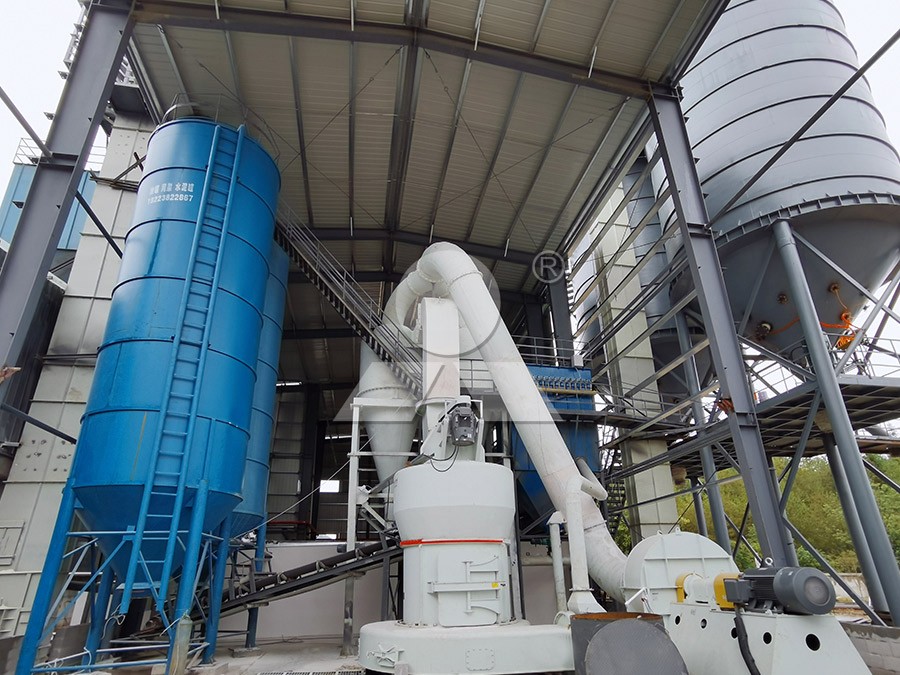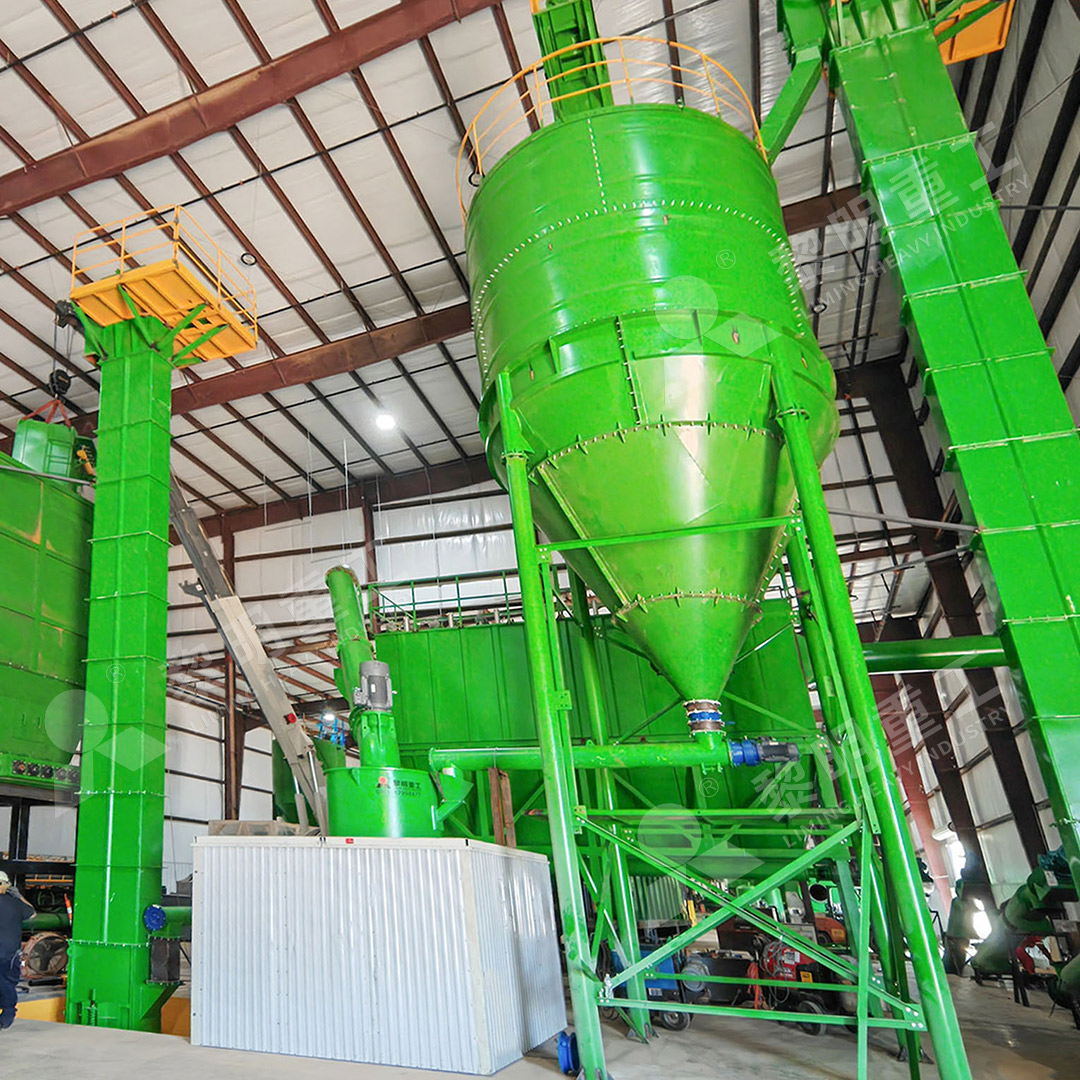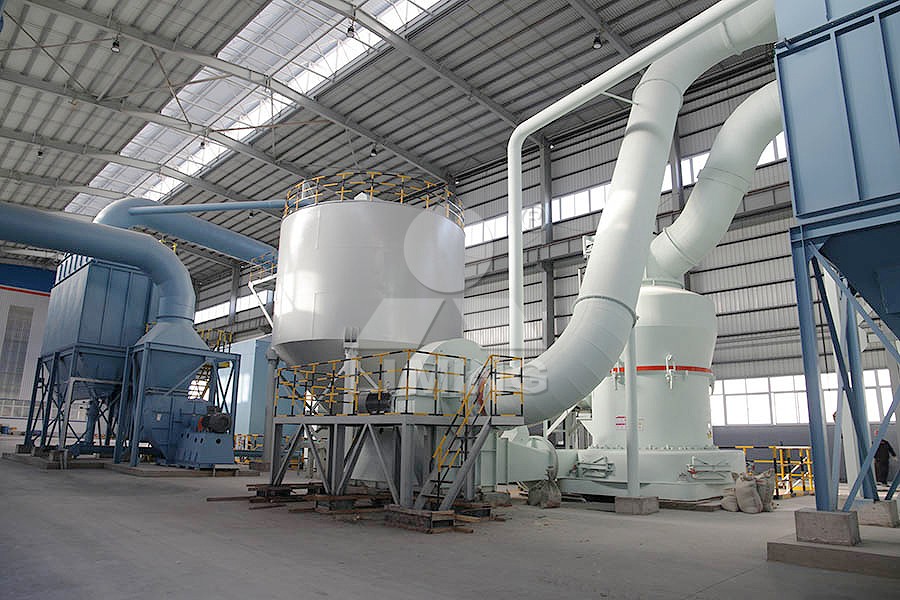300 Mesh Wollastonite Grinding Mill: Price and Selection Guide
300 Mesh Wollastonite Grinding Mill: Price and Selection Guide
Wollastonite, a naturally occurring calcium silicate mineral, has become increasingly valuable across multiple industries due to its unique acicular structure, bright whiteness, and low moisture absorption. When ground to 300 mesh (approximately 50 microns), it finds optimal applications in plastics, ceramics, paints, and construction materials. Selecting the right grinding mill for this specific application is crucial for achieving desired product quality while maintaining operational efficiency.
Understanding 300 Mesh Wollastonite Requirements
Processing wollastonite to 300 mesh presents specific challenges that not all grinding equipment can handle effectively. The mineral’s needle-like crystal structure requires careful milling to preserve aspect ratios while achieving consistent particle size distribution. Additionally, maintaining the bright white color demands equipment that minimizes iron contamination and overheating during the grinding process.

Traditional ball mills often fall short for this application due to excessive energy consumption, potential contamination from grinding media, and difficulty in controlling particle size distribution precisely. More advanced milling technologies have emerged as superior solutions for producing high-quality 300 mesh wollastonite powder.
Key Considerations for Mill Selection
When evaluating grinding mills for 300 mesh wollastonite production, several factors demand careful consideration:
Fineness Control: The ability to consistently produce 300 mesh product with narrow particle size distribution is paramount. Equipment with advanced classification systems typically delivers superior results.
Production Capacity: Throughput requirements significantly influence mill selection. For medium to high-capacity operations (5-25 tph), vertical roller mills and advanced trapezium mills often provide the best balance of efficiency and output.
Energy Efficiency: Grinding operations account for substantial operational costs. Modern mills incorporating optimized grinding curves and efficient classifiers can reduce energy consumption by 30-50% compared to traditional technologies.
Product Contamination: Wollastonite’s bright white color must be preserved. Mills designed with minimal metal-to-metal contact in the grinding chamber and specialized wear-resistant materials help maintain product purity.
Recommended Solution: MW Ultrafine Grinding Mill
For operations requiring precise control over 300 mesh wollastonite production, our MW Ultrafine Grinding Mill stands out as an exceptional choice. This advanced mill system combines German powder separation technology with innovative grinding mechanics to deliver superior performance specifically for minerals like wollastonite.

The MW Series handles input sizes up to 20mm with capacities ranging from 0.5 to 25 tph, making it suitable for various production scales. Its cage-type powder selector allows precise adjustment between 325-2500 meshes, ensuring exact control over your 300 mesh product specification. The unique design without rolling bearings or screws in the grinding chamber eliminates common failure points and prevents contamination from loose components.
What truly distinguishes the MW Mill for wollastonite processing is its higher yielding and lower energy consumption – achieving 40% higher capacity than jet mills and twice the output of ball mills with similar power consumption. The integrated pulse dust collector and muffler system ensures environmentally compliant operation with minimal dust emissions and noise pollution.
Alternative Option: LUM Ultrafine Vertical Grinding Mill
For operations with stricter space constraints or different feed characteristics, our LUM Ultrafine Vertical Grinding Mill presents another compelling option. With input size capability up to 10mm and capacity ranging from 5-18 tph, this mill integrates ultrafine powder grinding, grading, and transporting in a single compact unit.
The LUM Mill features unique roller shell and lining plate grinding curves specifically designed to handle materials like wollastonite efficiently. Its reversible structure simplifies maintenance, while the multi-head powder separating technology reduces energy consumption by 30-50% compared to conventional mills. The electronic and mechanical limiting technologies ensure stable operation by preventing destructive impacts between grinding components.
Pricing Factors and Investment Considerations
Mill pricing varies significantly based on capacity, configuration, and ancillary systems. For 300 mesh wollastonite production, expect investments ranging from mid-five figures for basic systems to several hundred thousand dollars for fully automated, high-capacity installations. Key factors influencing price include:
- Production capacity requirements
- Level of automation and control systems
- Material handling and packaging integration
- Dust collection and environmental controls
- Wear part materials and expected service life

While initial investment is important, operational costs often determine long-term profitability. Mills with higher energy efficiency, lower maintenance requirements, and longer wear part life typically deliver better return on investment, even with higher upfront costs.
Implementation and Operational Support
Successful wollastonite grinding operations extend beyond equipment selection. Proper installation, operator training, and ongoing technical support are essential for maximizing productivity and product quality. We provide comprehensive support including facility layout assistance, installation supervision, and operator training programs. Our sufficient supply of genuine spare parts and responsive technical service ensures worry-free operation throughout your mill’s lifecycle.
Frequently Asked Questions
What is the typical energy consumption for grinding wollastonite to 300 mesh?
Energy consumption varies by mill type and wollastonite characteristics. Our MW Ultrafine Grinding Mill typically consumes 30-40% less energy than traditional jet mills and approximately 50% less than ball mills for equivalent 300 mesh output.
How does the MW Mill prevent contamination of white wollastonite?
The MW Mill features no rolling bearings or screws in the grinding chamber, eliminating common contamination sources. Additionally, specialized wear-resistant materials minimize metal wear, preserving the bright white color of your wollastonite product.
What production capacity range can I expect from these mills?
Our MW Series offers capacities from 0.5 to 25 tph for 300 mesh wollastonite, while the LUM Vertical Mill handles 5-18 tph. The optimal capacity depends on your specific feed material characteristics and operational requirements.
How difficult is maintenance for these advanced grinding systems?
Both recommended mills are designed for simplified maintenance. The LUM Mill’s reversible structure allows easy roller access, while the MW Mill’s external lubrication system enables maintenance without shutdown. Both systems include comprehensive technical support and genuine spare parts availability.
Can the same mill produce different fineness grades if needed?
Yes, both the MW and LUM Mills feature adjustable classification systems that allow quick changes between different fineness requirements, from coarse grades to ultra-fine powders up to 2500 mesh, providing excellent operational flexibility.
